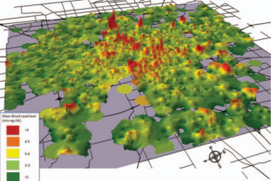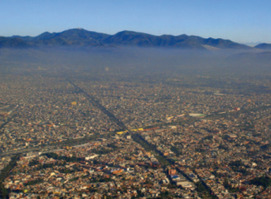Urban Geochemistry and Human Health
Cities are typically evaluated by metrics involving transportation, energy, and economics, but increasingly, environmental quality and human health are becoming important indicators of safe and habitable cities. Population density and industrialization history have resulted in urban contaminant legacies that can impact the health of urban populations. Integrating environmental assessment with human exposure and health studies is in its infancy, but combined geospatial and geotemporal studies have the capacity to explain and predict the health of urban environments. Studies integrating metal geochemistry with human health impacts reveal the complicated layering of environment, exposure, uptake, and human health in cities, and they call for more effort towards the integration of Earth and health science data.
Urban Geochemistry and Human Health Read More »



